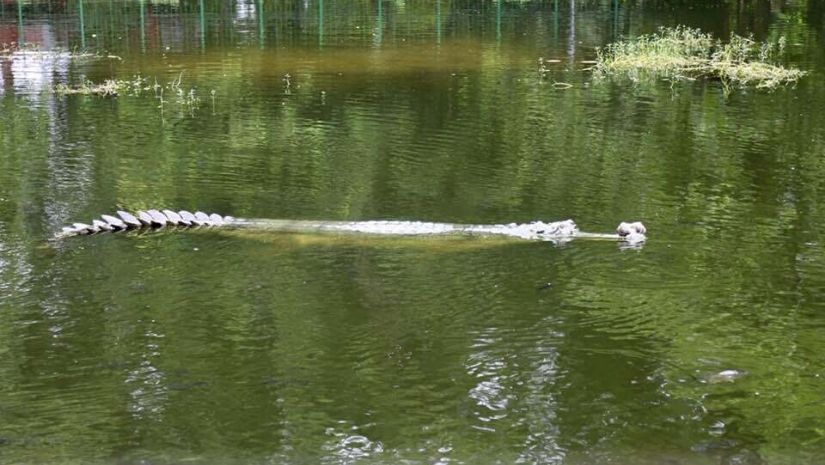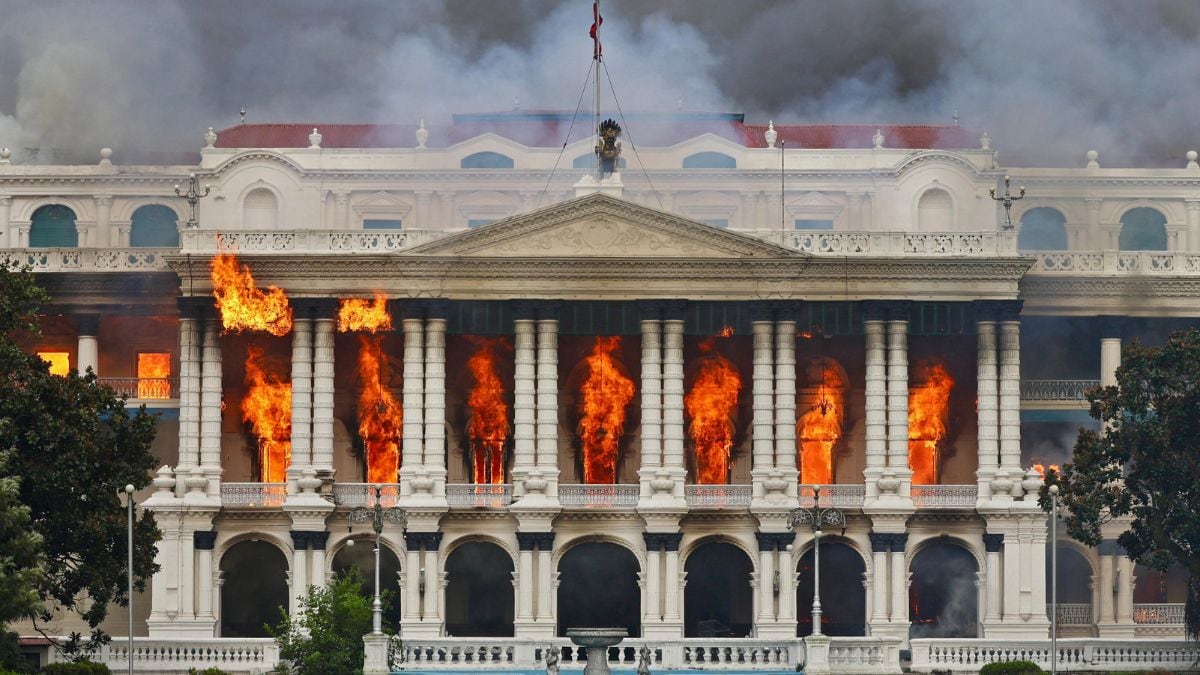There was once a time when children playing beside the bushy Kaya trees at the bank of the Salta River would be interrupted by the presence of the mighty gharial crocodile in Khulna district, a coastal area of south western part of Bangladesh. Indrani Mallick, a 72-year-old woman, recalls a hazy memory from 65 years ago when a group of children were startled as the gharial jumped on the river bank and snapped a duck in its jaws as a woman ran after it with a stick. [caption id=“attachment_7652001” align=“alignnone” width=“825”]  If the programme of mating is successful, Bangladesh may see these magnificent creatures in the wild once again Image courtesy: IUCN/ The Third Pole[/caption] “Our parents and other neighbours were very disturbed because of these gharial crocodiles,” she said. “They were present in huge numbers — their attacks in nearby ponds to catch fish were almost daily occurrences. Our grandfather used to throw a koch (a locally made weapon with small iron rods) to kill them, but they would mostly flee after breaking the koch,” she said. Mallick’s childhood memories are largely from her time in the village called Jharbhanga, near Khulna University, which has now transformed due to the embankment of the river. Once the key habitat for the gharial, the Shalta river stopped being a home to them after the introduction of the ‘Coastal Embankment Project’ (CEP) which was implemented from 1960 to 1970. The project destroyed the natural flow of the river. As it dried up the habitat was depleted and as a result, today the gharial — the unmistakable crocodile with long, thin jaws and a large, bulbous growth, known as a ‘ghara’, on the tip of its snout —is virtually extinct from Bangladesh. The situation worsened when barrages and dams were constructed, dividing the small remaining populations of gharial from each other, driving them to extinction. But even as it looked like the world was going to say goodbye to the gharial forever, hope has emerged as a gharial crocodile at the Rajshahi zoo started to lay eggs. Talking to thethirdpole.net, Farhad Uddin, a veterinary surgeon of Shahid AHM Kamruzaman Botanical Garden and Zoo (operated by the Rajshahi City Corporation), said, “Fishermen caught two female gharial from the Padma River in 1974. I found them and kept them at the Rajshahi zoo. Later, in the year of 2017 I spoke with the respective government officials along with IUCN to launch an exchange programme. Finally, I received approval to exchange one female gharial with a gharial from the Dhaka zoo, where about four male gharials were available. Eventually, we found that the 41 -year-old male gharial, Gorai, was mating with the 35-year-old female, Padma. It raised our hopes for the species,” he said. While there is hope, there is also disappointment. Seven months ago, Farhad Uddin and zoo staff found rotten gharial eggs floating in the water. He said one reason could be that the female gharial was either unprepared or unaware about the proper hatching of her eggs. “These eggs had been laid for the first time; hopefully, next time, the eggs will hatch successfully as we have created a sand island inside their big case now,” he said. Normally January to February is the breeding time for gharial crocodiles. A mature female gharial lays eggs between April to May. Hatching takes place after two to three months. The gharial crocodile usually breeds until the age of around 50. Over at Dhaka zoo, where a female gharial was sent as part of the exchange programme, there is no good news. Tahabur Rahman, one of the caretakers of the four gharials in the zoo, said that while they are continuously monitoring the crocodiles to see if eggs have been laid, there has been no such development. Still, ABM Sarowar Alam, senior programme officer of Bangladesh’s International Union for Conservation of Nature’s gharial project said the news about egg laying is inspiring. “This is encouraging news, because for the first time we have witnessed a female gharial lay eggs even though the full dream has not manifested yet,” he told thethirdpole.net, adding that steps are being taken to target the upcoming breeding season. The Third Pole is a multilingual platform dedicated to promoting information and discussion about the Himalayan watershed and the rivers that originate there. This report was originally published on thethirdpole.net and has been reproduced here with permission.
Even as it looked like the world was going to say goodbye to the gharial forever, hope has emerged as a gharial crocodile at the Rajshahi zoo started to lay eggs.
Advertisement
End of Article


)

)
)
)
)
)
)
)
)



